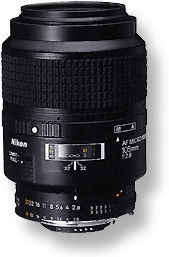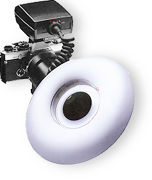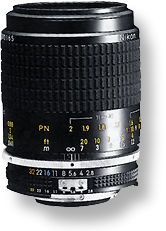 |
|
|
Micro-Nikkor Lense Family: | 50mm | 55mm (AF) | 60mm (AF) | 85mm PC | MF-105mm (AF) | MF-200mm (AF) | 70-180mm (AF) |
All
these can also be found in a modern autofocus Micro-Nikkor such as the
AF-D 105mm f2.8 illustrated at the right which can go down to a
reproduction ratio of 1:1 without any additional extension ! Why
was it relative ? Because the good news is, Nikon F3 can take virtually
ALL the latest optics that were made for the Nikon autofocus bodies,
without the benefit of all the various AF features incorporated.
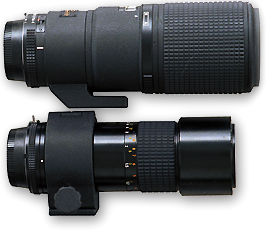 |
The longest reach Micro-Nikkor I have owned prior to my 200mm focal length macro lenses was only 105mm. I have owned many versions of the early manual focus Nikkor 105mm f4.0, f2.8 to even the current AF f2.8 version. |
Of which I total agree - that is a very good and very versatile lens. Unfortunately, the lens that I bought was having some 'problems' on the coating inside the 2nd element. Further, when you intend to reach life size reproduction ratio, without owning any TC-300 or TC-301 to go life size which I don't have, I use the PN-11 with my earlier 105mm f2.8 to be able to achieve 1:1. When Miss Rissa, Sales manager of Shriro Malaysia suggested I take a test drive with the AF 200mm f4 IF-ED which can go life size (1:1) without any additional extension, I had a hand on it for a couple of days - although it was not toying along with the Nikon F3, instead it was with a very lightweight Nikon FM2-T. I decided not to return it to her and keep it - Trust me ! - that was one hell of a lens... I suggest you should have one too in your camera bag - provided you don't complain about its price which I think it is a little too stiff for many of us. Side by side comparison with the MF version may make the AF Micro-Nikkor look very bulky and heavy - but the extra size and weigh (The tripod collar in the AF version cannot be removed!) provides the convenience of going 1:1 with the added benefit of superior ED glass which corrects chromatic aberration that might exhibit at this focal length. Further, should you decided to go autofocus later, you can still make use of its features. However, this lens is not cheap, but if you can afford it, it is worth every inch of it (See some *sample images ). That lens is a lens with distance information encoding which might prove to be useful in the future generation of AF cameras for complex and sophisticated metering as with the current top notch AF SLR bodies produced by Nikon. Good news is, Nikon F3 can take ALL the lens type, focal length way back to the first Micro-Nikkor made (no joke, even the rangefinder's version can be adapted with a RF tube !).
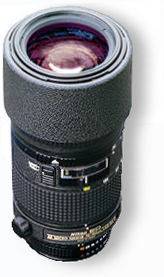 |
AF Zoom-Micro Nikkor 70-180mm f/4.5-5.6D ED |
Quick Reference:
Lens construction: 18 elements in 14 groups;
Closest focusing: 0.37m/14.4
in
Working distance*: 112.4mm;
Filter attachment size: 62mm;
Hood:
HB-14 {Provided);
Dimensions: 75 x 167mm
Weight: 990g.
* Working distance is the distance between the front of the lens and the subject. It is desirable to have a longer free working distance for close-up work due to lighting and subject considerations.
 Index Page |
Special Application Micro-Nikkor lenses for close -up photography: Micro-Nikkor Lenses - 50mm~55mm -60mm 85mm -105mm 200mm Micro-Zoom 70-180mm m |
Close-up Accessories
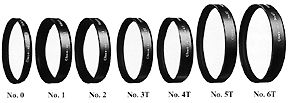 |
|
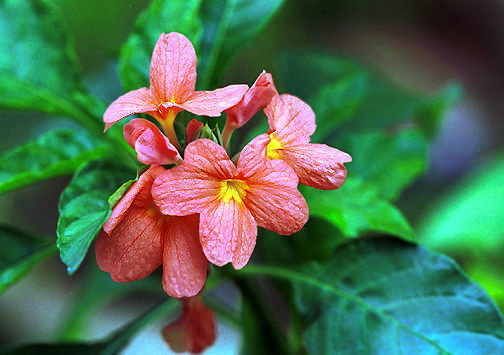 |
© -free |
Close-up Attachment
Lenses
Lens and Attachment Size: |
|
Auto
Extension Rings PK and PN
 |
 |
 |
 |
|
These extension rings
will provide an easy way to compose, focus and meter at the brightest, fullest aperture
position without having to manually stop down the lens before shooting. These rings
also allow automatic exposure control. Extension Ring such as PN-11, the longest
extension in singular use, when used in conjunction with a 105mm f4 or f2.8 version
of the manual focus Micro-Nikkor lenses will convert the 1:2 maximum reproduction
ratio of the prime lens into 1:1 life size magnification.
Depends very much on your photographic requirement, with each of these groups of accessories,
various degrees of magnification ratios can be achieved. You may use the guide below
as a reference to choose the most appropriate setup for your close up photography.
|
1:8X |
1:4X |
1:2X |
1:1 |
2X |
4X |
8X |
8X+ |
|
||
| Close-up attachment lenses: |
1:27X - 1:2.6X |
|||||||||
| AUTO Extension Rings |
1:6.5X - 1.1X |
|||||||||
| PB-6 (normal mounting): |
1:l.lX - 4.0X |
|||||||||
| PB-6 (reverse mounting): |
1.1X - 3.9X |
|||||||||
| PB-6 + PB-6E:(reverse mounting) |
1.8X - 8.4X |
|||||||||
| Note: 'X' means multiple. Different magnification ratio is achieved when used in conjunction with different lenses. The highest magnification ratio achievable with a Nikkor lens is a 20mm in inverse mounting position (use in combination with a Bellow), of which 23X magnification is possible. | ||||||||||
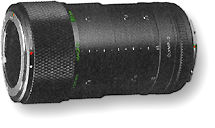 |
|
|
|
|
| Previous | Next | 2/3 Back to Index of F3 Macro Photography Back to Index of Nikon F3 Models Back to Pictorial History of Nikon SLRs |
|
|||||
|
|||||||
